Home>Interior Design>How To Organize Cookbooks: 8 Solutions To Keep Them Tidy
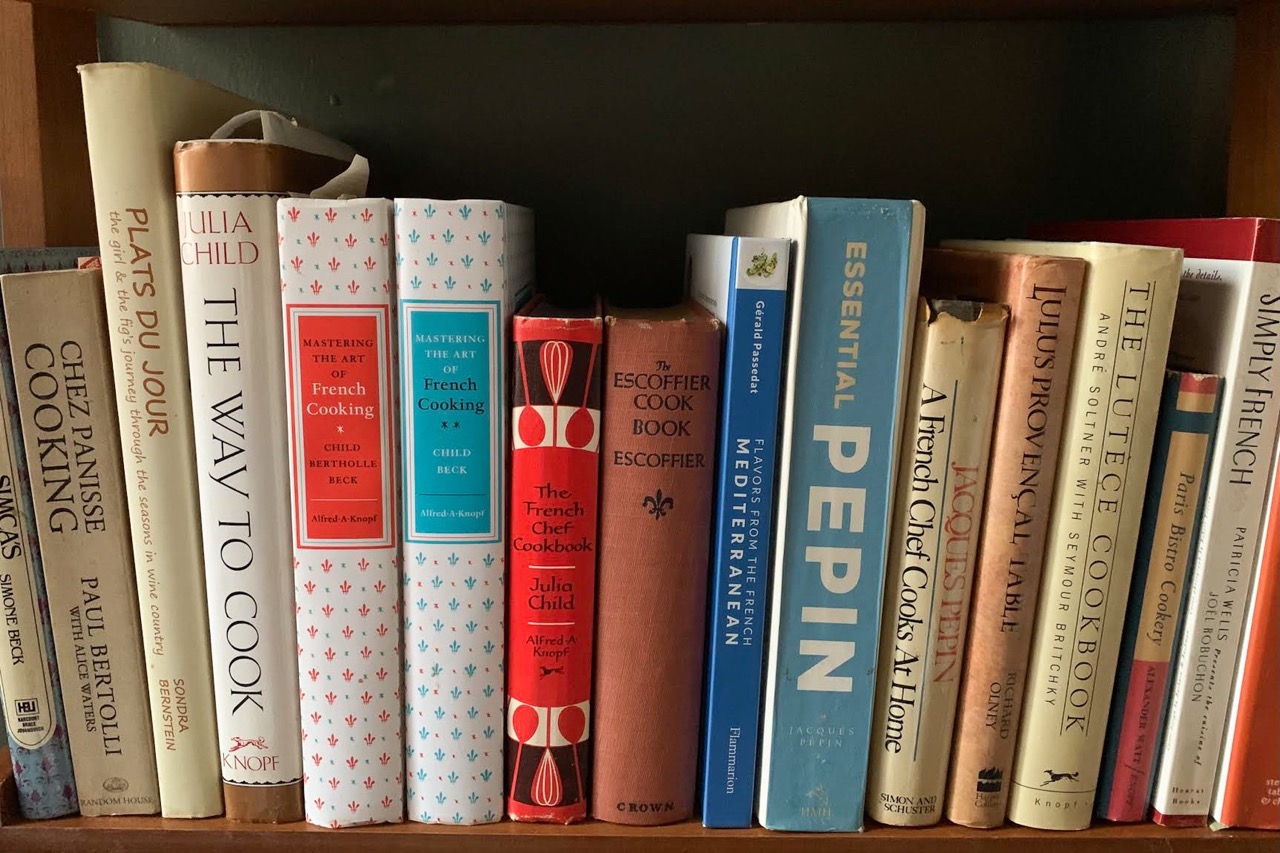

Interior Design
How To Organize Cookbooks: 8 Solutions To Keep Them Tidy
Modified: December 7, 2023
Looking for interior design solutions to keep your cookbooks organized and tidy? Here are 8 helpful tips to help you declutter and streamline your kitchen space.
(Many of the links in this article redirect to a specific reviewed product. Your purchase of these products through affiliate links helps to generate commission for Storables.com, at no extra cost. Learn more)
Introduction
When it comes to organizing your cookbooks, it’s essential to find a system that not only keeps them tidy but also makes them easily accessible. With a multitude of recipes and culinary inspiration housed within the pages, cookbooks are valuable resources that deserve proper organization.
In this article, we will explore eight solutions that can help you organize your cookbooks efficiently. Whether you have a small kitchen or a large culinary collection, these solutions will ensure that your cookbooks are neatly stored and readily available whenever you need them.
From bookshelves to digital organization, you’ll discover practical and creative ideas to keep your cookbooks in order. Let’s dive in!
Key Takeaways:
- 1. Traditional bookshelves, magazine holders, and clear plastic bins offer practical and visually appealing solutions for organizing cookbooks, catering to different kitchen sizes and decor preferences.
- 2. Embracing digital organization through recipe management apps and online platforms provides a modern, space-saving, and easily accessible way to store and access a diverse collection of recipes.
Solution 1: Bookshelves
One of the most traditional and versatile ways to organize your cookbooks is by using bookshelves. Bookshelves not only provide a dedicated space for your cookbooks, but they also add a touch of elegance to your kitchen or dining area.
Consider installing wall-mounted bookshelves if you have limited floor space. This will maximize the vertical space in your kitchen and create a visually appealing display for your cookbooks. Arrange your cookbooks on the shelves by category, such as baking, international cuisine, or healthy eating, to make it easier to find the right cookbook for every occasion.
If you have more space to work with, opt for a freestanding bookshelf. Look for one with adjustable shelves so that you can customize the height to accommodate different sizes of cookbooks. You can also add decorative elements, such as plants or kitchen-themed artwork, to enhance the aesthetic appeal of your bookshelf.
To keep your cookbooks organized on the shelves, consider using bookends. Bookends not only prevent the books from toppling over but also add a stylish touch to the display. Choose bookends that complement your kitchen decor, whether it’s sleek and modern or rustic and farmhouse-inspired.
Additionally, make sure to regularly dust and clean your bookshelves to keep your cookbooks in pristine condition. A clean and well-maintained bookshelf not only looks better but also helps to preserve the quality and longevity of your cookbooks.
Overall, utilizing bookshelves is a classic and practical solution for organizing your cookbooks. It provides a dedicated space for your culinary collection while adding visual appeal to your kitchen or dining area.
Solution 2: Bookends
Bookends are a simple yet effective way to keep your cookbooks organized. They not only serve a functional purpose of keeping your books upright but also add a decorative element to your kitchen or bookshelf.
When choosing bookends for your cookbooks, consider the material and design that best suits your aesthetic preferences. You can find bookends made of various materials such as wood, metal, or even ceramic. Select bookends that match the style of your kitchen or reflect your personal taste.
Once you have your bookends, place them on either end of a row of cookbooks. This will help keep the books neatly aligned and prevent them from falling over. Alternatively, you can use bookends to separate different categories of cookbooks on a shelf, making it easier to locate specific recipes.
If you want to add a touch of creativity to your bookends, consider DIY options. For example, you can repurpose kitchen utensils, such as old ladles or baking spatulas, as unique and functional bookends. Not only will this add a personal touch to your cookbook organization, but it will also spark conversation and admiration from guests.
Remember to periodically clean and dust your bookends to maintain their appearance and prevent any build-up of dirt or grime. Additionally, pay attention to their placement on the shelf to ensure that they provide adequate support for your cookbooks.
Bookends are a simple yet effective solution to keep your cookbooks tidy and organized. They not only serve a practical purpose of keeping your books upright but also enhance the visual appeal of your kitchen or bookshelf. Consider investing in bookends that showcase your personal style and add a touch of charm to your culinary collection.
Solution 3: Magazine Holders
If you’re looking for a budget-friendly and space-saving solution to organize your cookbooks, consider using magazine holders. Magazine holders are versatile containers that can keep your cookbooks neatly stacked and easily accessible.
Magazine holders are available in various materials and styles, allowing you to choose the ones that best match your kitchen decor. For a sleek and modern look, opt for holders made of clear acrylic or metal. If you prefer a more rustic or natural feel, consider using holders made of woven fabric or wood.
To use magazine holders for your cookbooks, start by sorting your books into categories. This could be based on cuisine, cooking methods, or personal preferences. Once you have the categories determined, place the cookbooks inside the respective magazine holders.
Magazine holders can be placed vertically or horizontally on a countertop, shelf, or even inside a cabinet. This versatility allows you to maximize the available space in your kitchen while keeping your cookbooks organized and within easy reach.
One advantage of using magazine holders is that they can easily accommodate cookbooks of different sizes and widths. This makes them a convenient solution if you have a mix of regular-sized cookbooks, oversized coffee table books, or even slim recipe booklets.
Another benefit of using magazine holders is the added protection they offer to your cookbooks. By keeping the books upright and contained within the sturdy holders, you can prevent them from getting creased, bent, or damaged. This is especially important if you have valuable or collectible cookbooks that you want to preserve.
For an added touch of organization, consider labeling each magazine holder with the category of cookbooks it contains. This makes it even easier to find the specific cookbook you’re looking for, saving you time and effort in the kitchen.
Magazine holders are an affordable and practical solution for organizing your cookbooks. They provide a neat and tidy way to store your collection while keeping your cookbooks protected. Give magazine holders a try and experience the convenience of having your favorite recipes at your fingertips.
Solution 4: Hanging File Folders
If you’re tight on space or prefer a more compact organization method, hanging file folders can be a fantastic solution for organizing your cookbooks. These folders offer a unique way to store and categorize your recipes while maximizing vertical space.
To start, you’ll need a filing cabinet or a dedicated drawer that’s large enough to accommodate your cookbooks and hanging file folders. Choose a filing system that suits your needs, whether it’s a traditional metal filing cabinet or a portable file box that can be tucked away in a closet or pantry.
Next, label the hanging file folders with different categories such as appetizers, main dishes, desserts, or cuisines. This will allow you to sort your cookbooks based on the type of recipes they contain.
Once you have the hanging file folders labeled, insert the cookbooks into the folders. You can either lay them flat or prop them up for easier browsing. The advantage of this method is that you can easily flip through the categories and select the cookbook you want without having to sift through a stack of books.
If you have a large collection of cookbooks, you can further organize them within each category by using additional dividers or tabs. This will help you quickly locate specific cookbooks or recipes within the designated folders.
Hanging file folders can also be combined with other organization methods, such as magazine holders or bookends, for added stability and support. Simply place the hanging file folders inside the holders or bookends to keep them upright and prevent them from sagging.
The benefit of using hanging file folders is that they are not limited to storing just cookbooks. You can also store loose recipes, cooking magazines, or printed recipe cards within the folders, keeping all your culinary resources in one place.
Lastly, ensure that your hanging file folders are sturdy enough to support the weight of your cookbooks. Opt for folders with reinforced edges and durable construction to prevent any tearing or damage.
Hanging file folders offer a compact and efficient way to store and organize your cookbooks. They maximize the use of vertical space while providing easy access to your recipe collection. Consider implementing this solution if you’re looking for a space-saving and versatile option for organizing your cookbooks.
Use bookends to keep cookbooks upright and organized on a shelf. This will prevent them from toppling over and make it easier to find the one you need.
Read more: Bedroom Storage Mistakes And How To Fix Them
Solution 5: Clear Plastic Bins or Baskets
If you prefer a more portable and flexible option for organizing your cookbooks, clear plastic bins or baskets can be an excellent choice. These containers provide visibility and easy access to your cookbooks while allowing you to easily move them around as needed.
Start by selecting clear plastic bins or baskets that are large enough to accommodate your cookbooks. Opt for ones with handles for added convenience when carrying them from one area to another.
Once you have the bins or baskets, sort your cookbooks into categories or themes. This could be based on cooking styles, specific chefs, or even dietary preferences.
Arrange your categorized cookbooks inside the bins or baskets, placing them vertically or horizontally depending on your preference. Stacking the cookbooks vertically may be a more space-efficient option, while laying them horizontally can make it easier to browse through the titles.
To further enhance the organization within each bin or basket, consider using dividers or labeled folders to separate different categories. This will help keep your cookbooks neat and prevent them from becoming jumbled together.
The transparent nature of the bins or baskets allows you to easily locate the cookbook you need without having to open each container. This is particularly helpful if you have a large collection or if you frequently rotate your cookbooks based on seasonal recipes.
Another advantage of using clear plastic bins or baskets is that they can be easily stored on shelves, in cabinets, or even under the kitchen island. They offer a versatile solution that adapts to your available space and storage preferences.
Additionally, these containers can be used to store other kitchen accessories or utensils, such as measuring cups, wooden spoons, or kitchen timers. This allows you to keep all your cooking essentials in one place, creating a more organized and efficient kitchen.
Remember to periodically clean the bins or baskets to remove any dust or dirt that may accumulate. This will keep your cookbooks clean and in good condition.
Clear plastic bins or baskets offer a portable and flexible solution for organizing your cookbooks. They provide visibility and easy access to your collection, and they can be easily moved and stored as needed. Consider using this method if you prefer a versatile and portable option for keeping your cookbooks in order.
Solution 6: Drawer Dividers
If you have spare drawer space in your kitchen, utilizing drawer dividers can be a fantastic solution for organizing your cookbooks. Drawer dividers allow you to maximize the available space while keeping your cookbooks neatly separated and easily accessible.
To begin, measure the dimensions of your drawer and select dividers that fit snugly within the space. There are various types of dividers available, including adjustable dividers that can be customized to your specific needs.
Start by sorting your cookbooks into categories or themes, such as baking, vegetarian, or international cuisine. This will help you determine how many dividers you need and how to allocate the space in your drawer.
Place the dividers in the drawer, creating separate sections for each category. This will prevent the cookbooks from getting mixed up and make it easier to find the cookbook you’re looking for.
Depending on the size of your cookbooks, you may be able to stack them vertically or lay them horizontally within each section. Experiment with different arrangements to find the most efficient use of space while still allowing easy access to your desired cookbook.
Drawer dividers not only keep your cookbooks organized but also provide protection for the books. They prevent them from sliding around and getting damaged or bent when you open and close the drawer.
Consider labeling each section with the corresponding category to make it even easier to locate specific cookbooks. You can use small labels or adhesive tags to ensure everything stays in order.
Remember to clean your drawer and dividers regularly to remove any dust or crumbs that may accumulate. This will help keep your cookbooks clean and in good condition.
The advantage of using drawer dividers is that they keep your cookbooks neatly tucked away, free from cluttering up countertops or shelves. This can be especially beneficial if you have a small kitchen with limited storage space.
Drawer dividers also offer a discreet storage solution, keeping your cookbooks out of sight and creating a streamlined look in your kitchen. This can be particularly appealing if you prefer a minimalistic and organized aesthetic.
Utilizing drawer dividers is an excellent way to keep your cookbooks organized and accessible without taking up precious counter or shelf space. Take advantage of your empty drawers and transform them into a functional and tidy storage solution for your culinary collections.
Solution 7: Cookbook Stands
If you enjoy cooking and referring to recipes frequently, investing in a cookbook stand can be a game-changer for your kitchen. Cookbook stands provide a convenient and hands-free way to access your favorite recipes while keeping your cookbooks organized and protected.
When choosing a cookbook stand, consider the size and weight capacity to ensure it can accommodate your cookbooks. Look for stands with adjustable angles and page holders to make it easier to read and follow recipes.
Place the cookbook stand on your kitchen countertop or island, ideally near your cooking area. This way, you can easily refer to the recipes while preparing meals without the need to hold the book open or risk getting it dirty.
When not in use, the cookbook stand can serve as a decorative element in your kitchen. Look for stands that match your kitchen decor or have a stylish design that adds charm and personality to your cooking space.
Organizing your cookbooks on a cookbook stand is a breeze as you can have multiple books displayed at once. Arrange your cookbooks based on your preferences, such as by cuisine, cooking techniques, or personal favorites. This allows you to have quick access to the books you use most frequently.
Furthermore, cookbook stands can also help protect your valuable cookbooks from spills and stains. By keeping the book open on the stand, you minimize the risk of accidentally splattering ingredients or liquids onto the pages, ensuring that your books remain clean and intact.
Cookbook stands can also be a versatile tool in the kitchen. They can hold recipe cards, printouts, or even tablet devices if you prefer to use digital recipes. This flexibility ensures that you can easily adapt to different cooking styles and sources of inspiration.
Remember to clean the cookbook stand regularly to remove any residue or dust that may accumulate. Wipe it down with a damp cloth and dry thoroughly to keep it in top condition.
Cookbook stands offer a practical and stylish solution for organizing your cookbooks while providing a convenient way to reference recipes as you cook. Invest in a cookbook stand and elevate your cooking experience with hands-free access to your culinary inspirations.
Solution 8: Digital Organization
In this digital age, many of us rely on technology for various aspects of our lives, including cooking. Digitally organizing your cookbooks is a modern and convenient solution that allows you to access your recipes with just a few taps on your electronic devices.
One of the first steps in digital organization is to gather all your favorite recipes and cookbooks in one place. There are several options for creating a digital cookbook collection:
- Use recipe management apps: There are many apps available that allow you to store and organize your recipes digitally. Some popular ones include Paprika, Evernote, and Cookpad. These apps often offer features such as recipe categorization, meal planning, and even syncing across multiple devices.
- Create a digital cookbook library: If you prefer the traditional format of cookbooks, you can still digitize them. Use a scanner or a mobile scanning app to convert your physical cookbooks into digital copies. You can then store them in a folder on your computer, tablet, or e-reader.
- Utilize online platforms: Many websites and platforms offer a vast collection of recipes and cookbooks. Save your favorite recipes on these platforms or create online collections that you can access anytime, anywhere. Some popular platforms include Pinterest, Allrecipes, and Food Network.
Once you have your digital cookbook collection ready, it’s time to organize them for easy access:
- Create categories or folders: Similar to organizing physical cookbooks, create folders or categories to group your digital recipes. You can categorize them by cuisine, dietary restrictions, specific chefs, or even meal types.
- Use tags or labels: Many digital platforms and apps allow you to add tags or labels to your recipes to make them even easier to search and sort. For example, you can tag recipes as “quick and easy,” “weeknight dinners,” or “showstopping desserts.”
- Edit and personalize recipe names: Some digital platforms may automatically generate recipe names based on the original source. Take the time to edit and personalize the recipe names so that they are descriptive and easy to identify at a glance.
One of the advantages of digital organization is the ability to search your recipes quickly. Instead of flipping through pages or scrolling through a physical book, simply use the search function within your digital platform or app to find the specific recipe you need.
Another benefit of going digital is the space-saving aspect. No longer will you have to worry about limited shelf or countertop space for your growing cookbook collection. All your recipes can be neatly stored in your electronic devices or synced across multiple devices for easy access.
Remember to back up your digital cookbook collection regularly to ensure you don’t lose any precious recipes. Cloud storage or external hard drives are great options for backing up your digital files.
Digitally organizing your cookbooks provides a convenient, space-saving, and easily searchable solution for accessing your recipes. Embrace the digital realm and create a virtual cookbook library that suits your cooking needs and preferences.
Read more: How To Store Bagels To Keep Them Fresh
Conclusion
Organizing your cookbooks not only helps keep your kitchen tidy but also enhances your culinary experience. With the various solutions outlined in this article, you can find the perfect method that suits your space, style, and cooking needs.
From traditional bookshelves and bookends to portable options like magazine holders and clear plastic bins, there are numerous ways to keep your cookbooks organized and readily accessible. Consider your available space, personal preferences, and the size of your collection when choosing the best solution for you.
Additionally, utilizing drawer dividers, cookbook stands, or even going digital with recipe management apps and online platforms offers modern and efficient ways to store and access your favorite recipes.
Remember to take the time to sort and categorize your cookbooks based on your cooking style, cuisine preferences, or dietary needs. Labels, tags, and dividers can help ensure that you can find the right cookbook or recipe quickly.
Whether you’re an aspiring chef, a home cook, or a culinary enthusiast, having a well-organized and easily accessible cookbook collection can make a significant difference in your kitchen. No more searching through stacks of books or struggling to find the right recipe; organization allows you to focus on what truly matters – creating delicious meals and enjoying the cooking process.
So, take the first step towards a more organized kitchen by implementing the solutions that resonate with you. Whether you choose bookshelves for a classic look, hanging file folders for space efficiency, or digital organization for modern convenience – the key is finding a system that works for you and your unique needs.
With a well-organized cookbook collection, you’ll find joy and inspiration in exploring new recipes, sharing your kitchen creations with others, and transforming your cooking space into a functional and inviting environment.
Frequently Asked Questions about How To Organize Cookbooks: 8 Solutions To Keep Them Tidy
Was this page helpful?
At Storables.com, we guarantee accurate and reliable information. Our content, validated by Expert Board Contributors, is crafted following stringent Editorial Policies. We're committed to providing you with well-researched, expert-backed insights for all your informational needs.
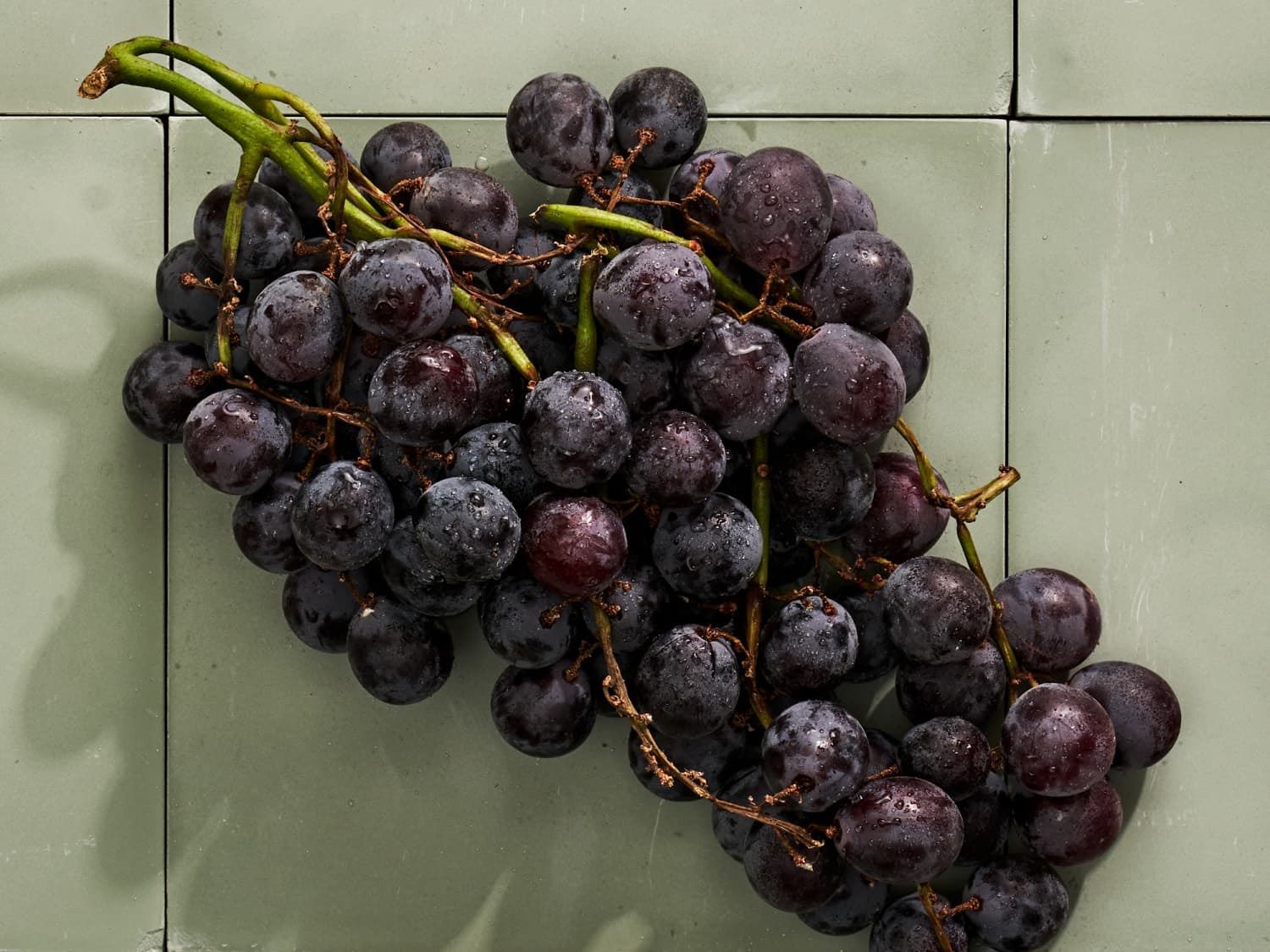
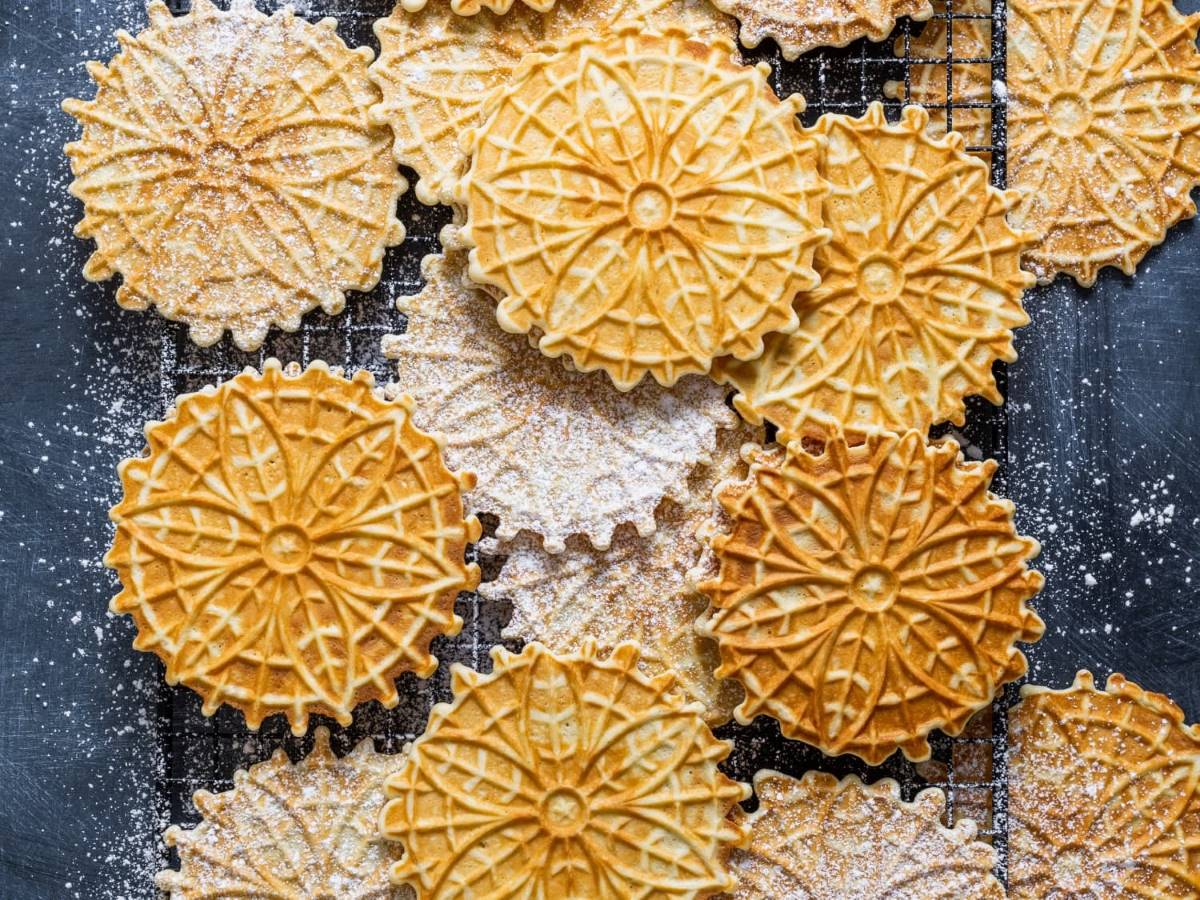
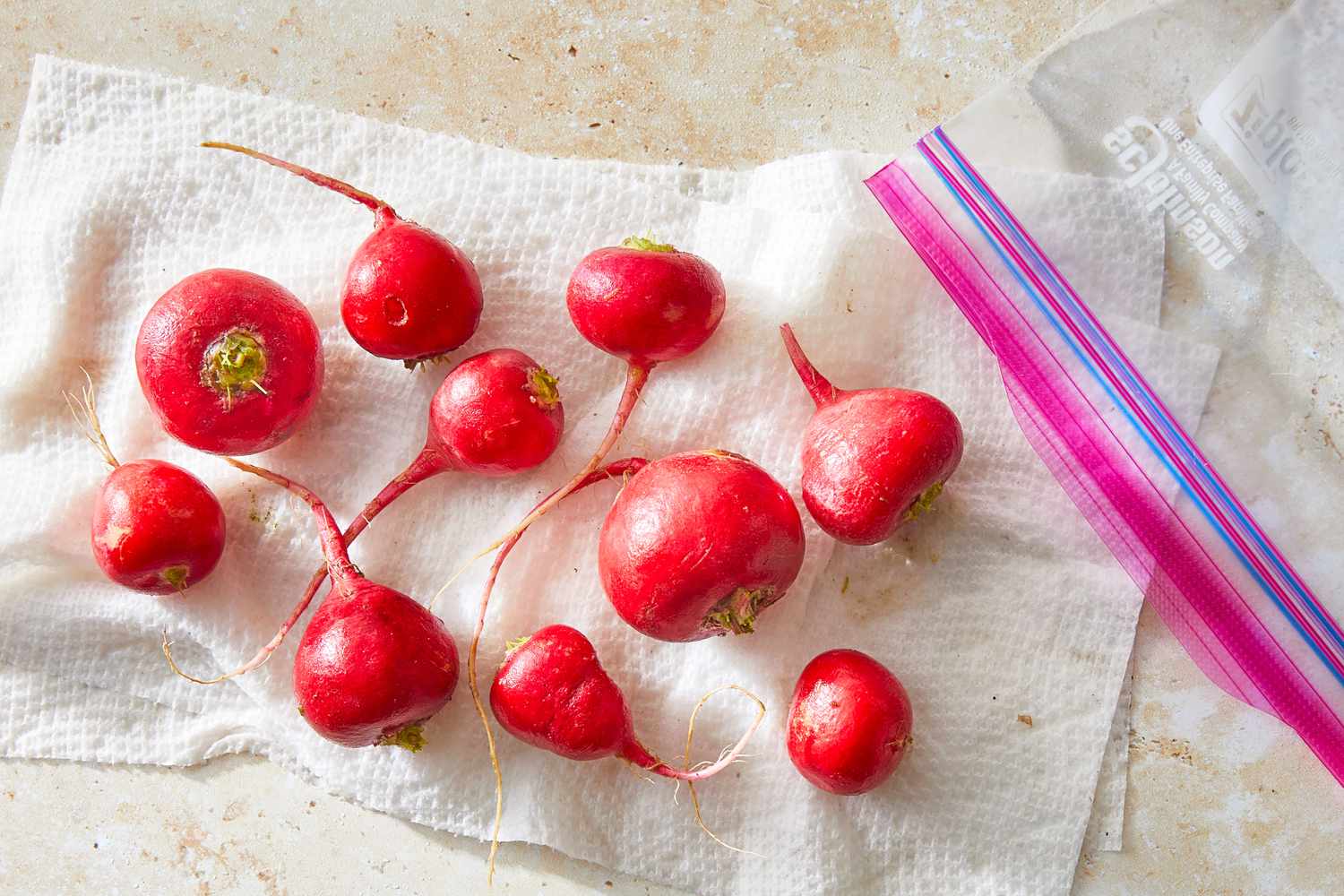
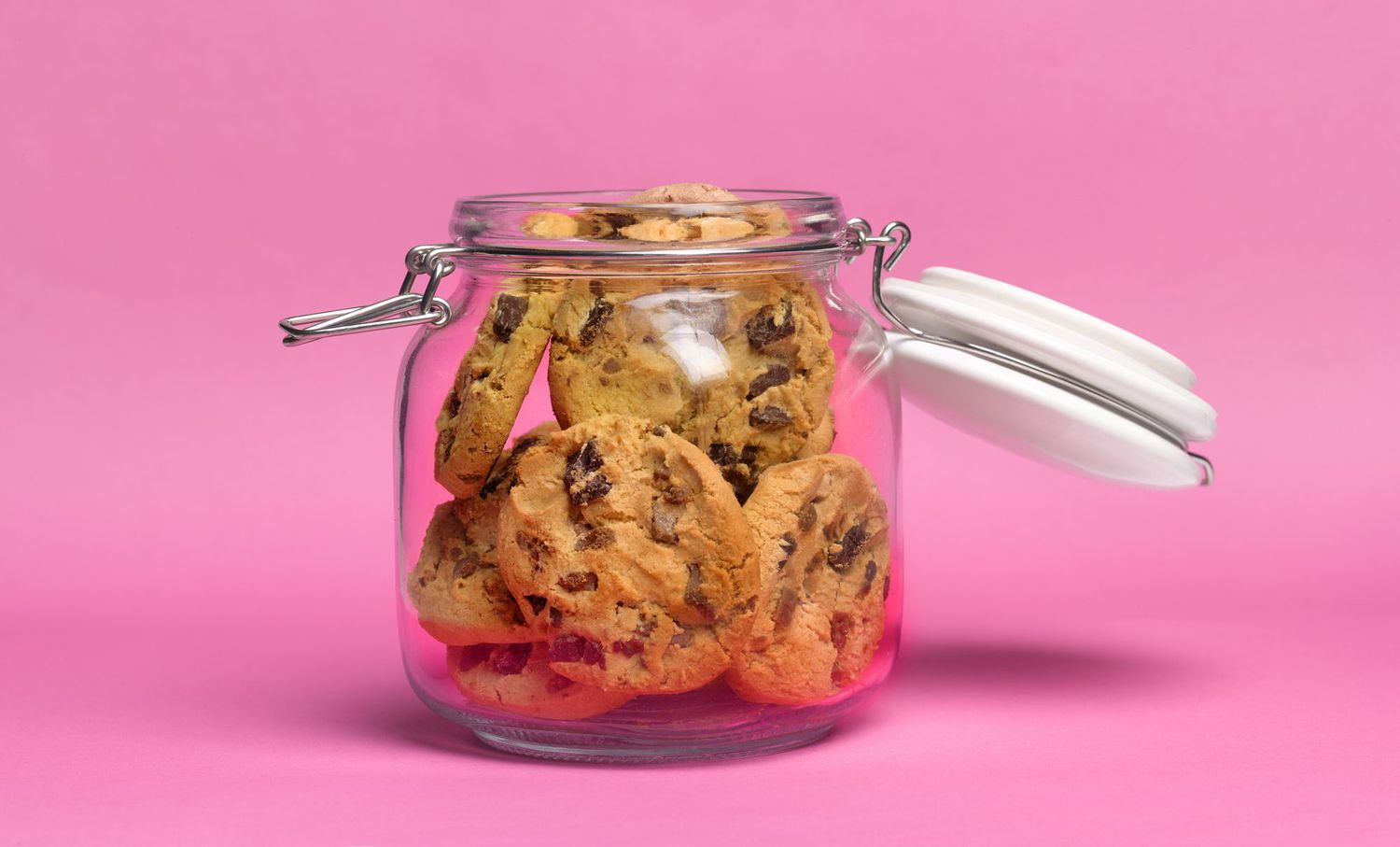
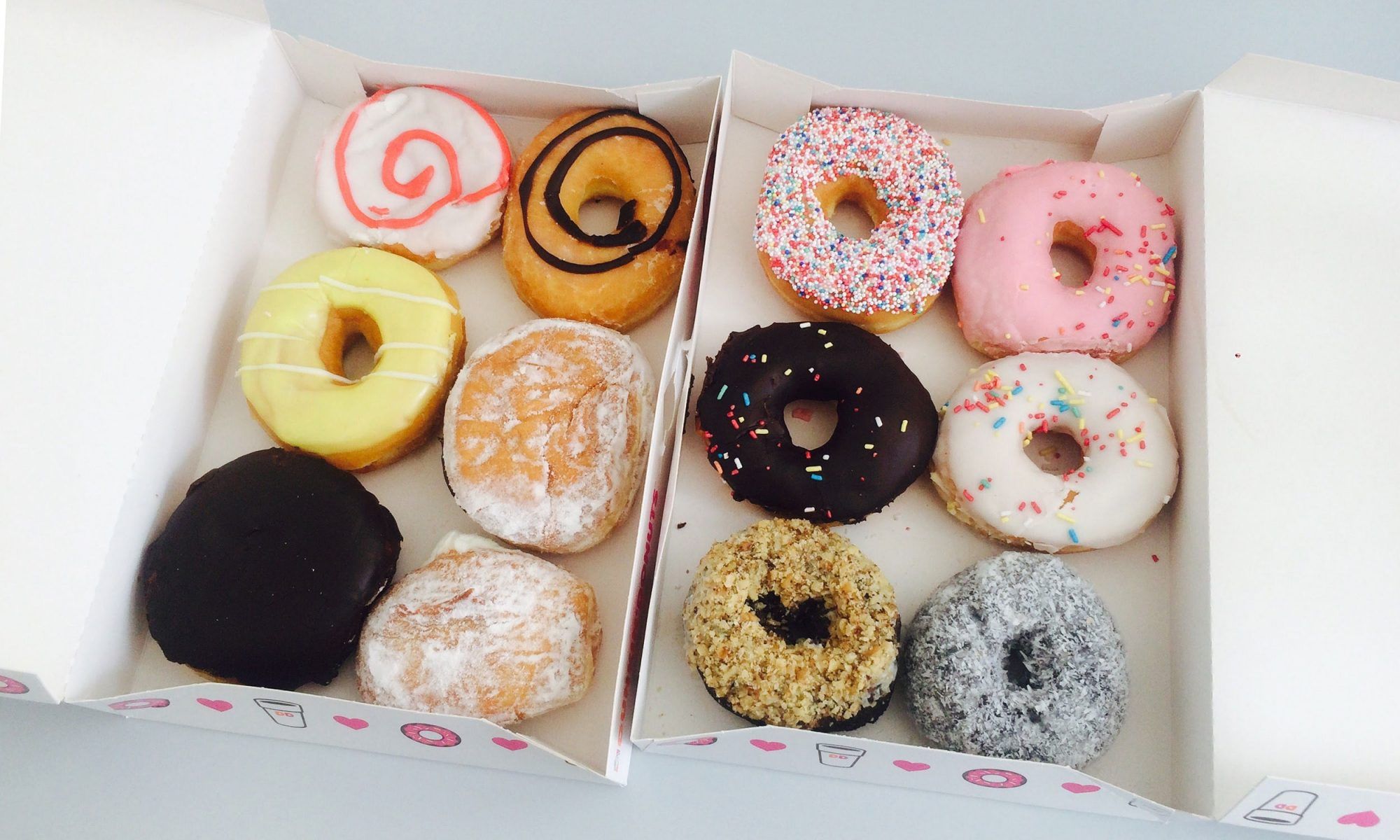
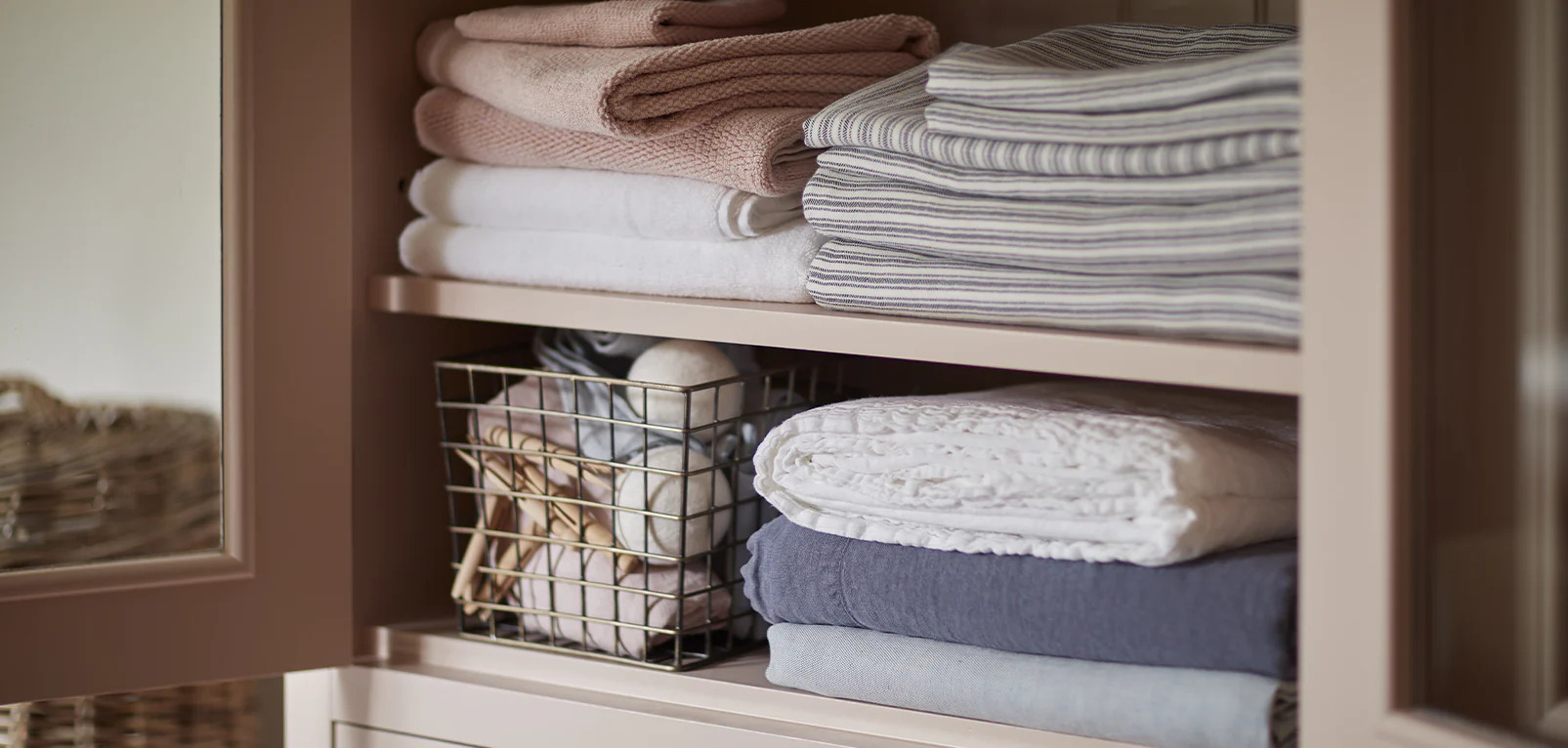
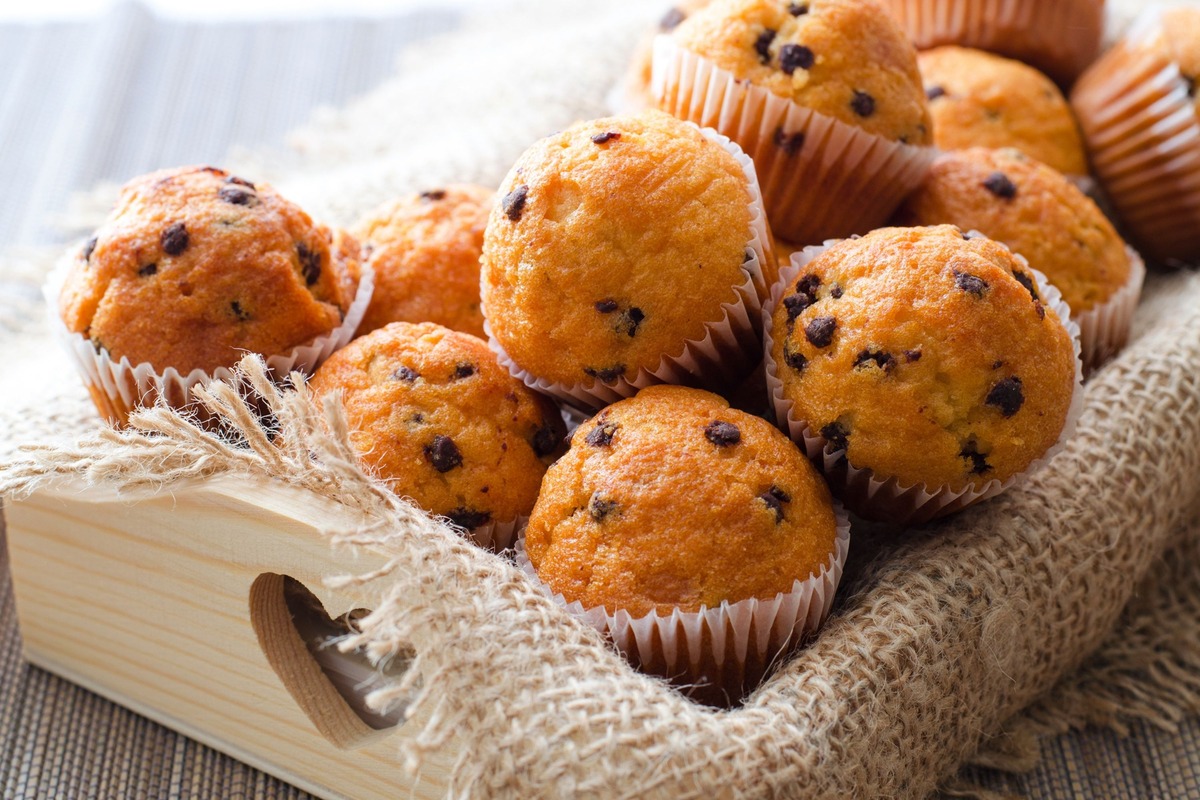
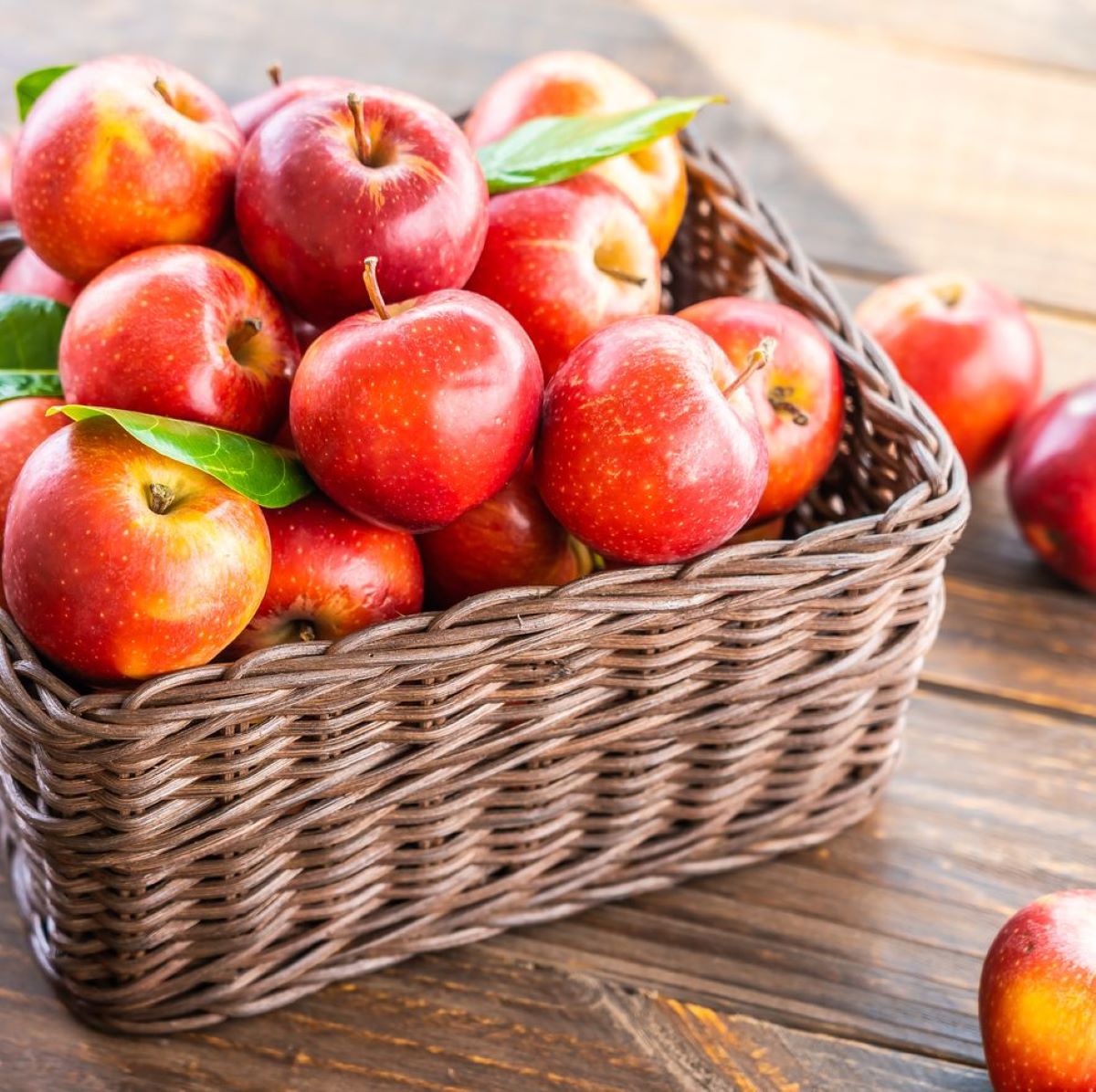
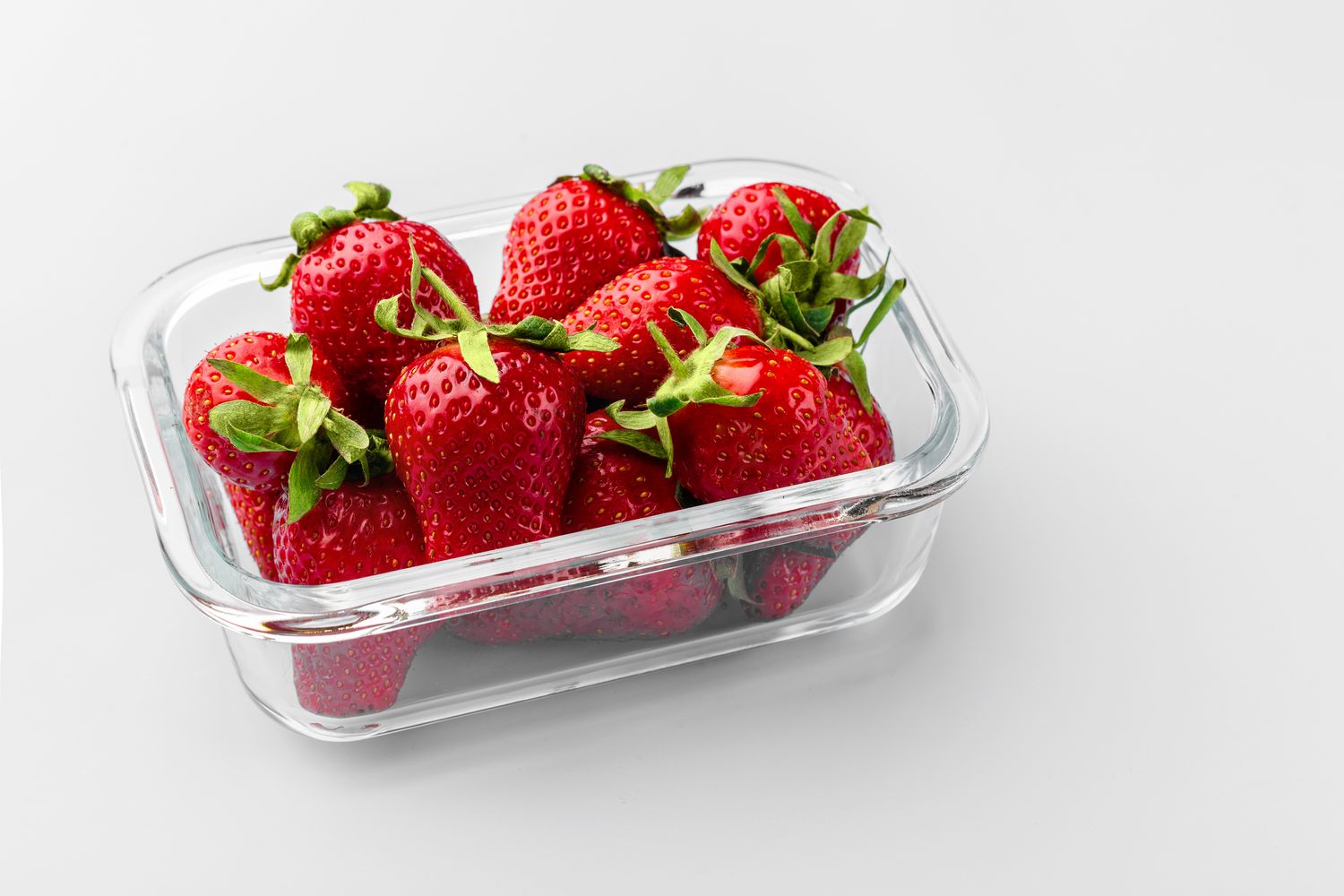
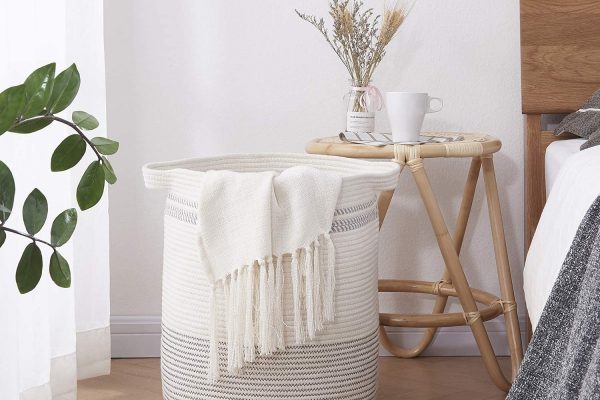
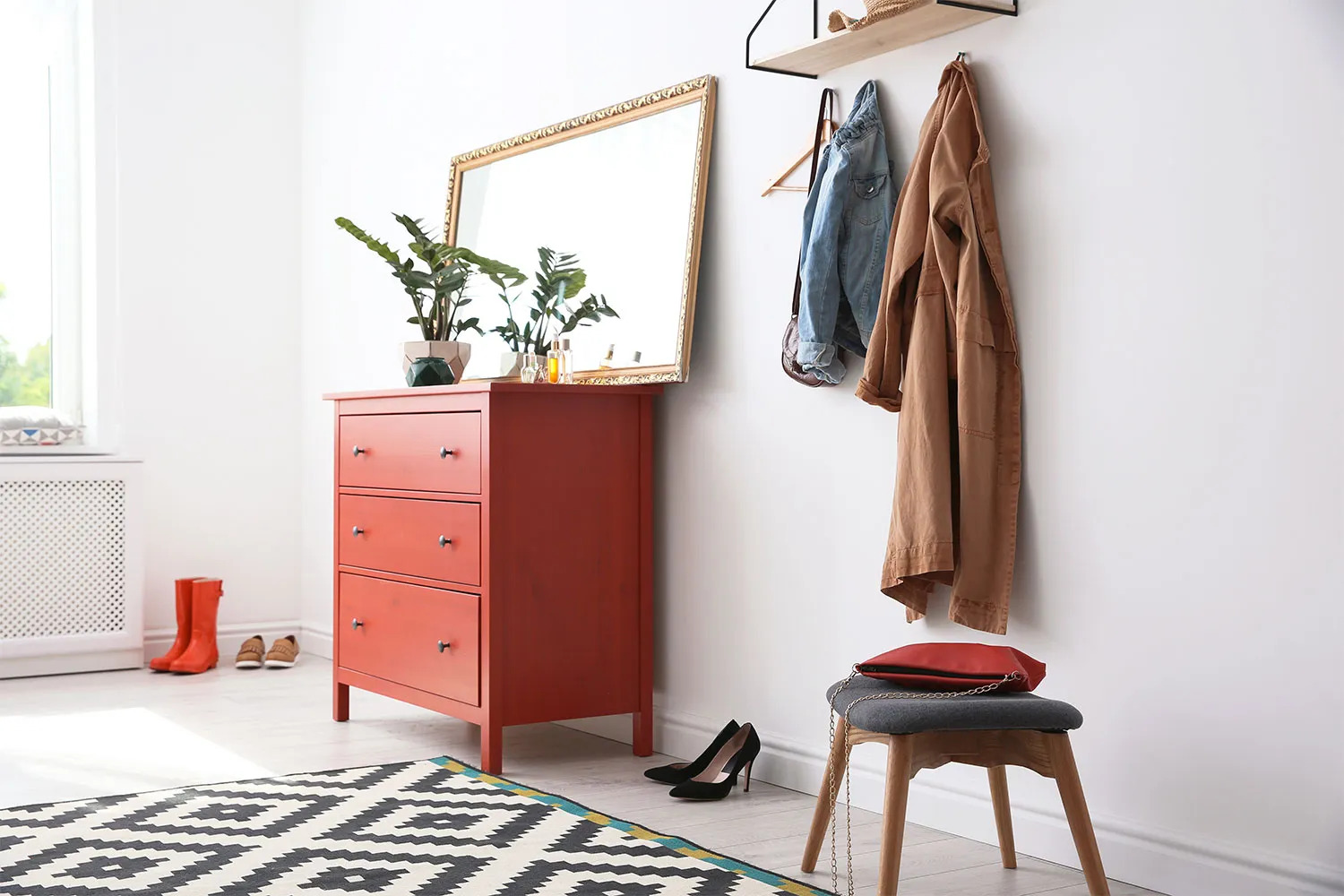
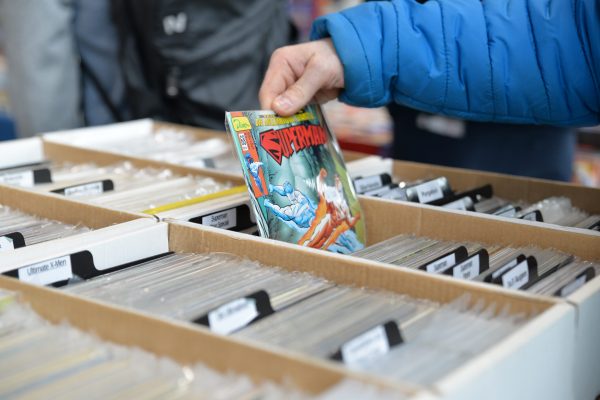
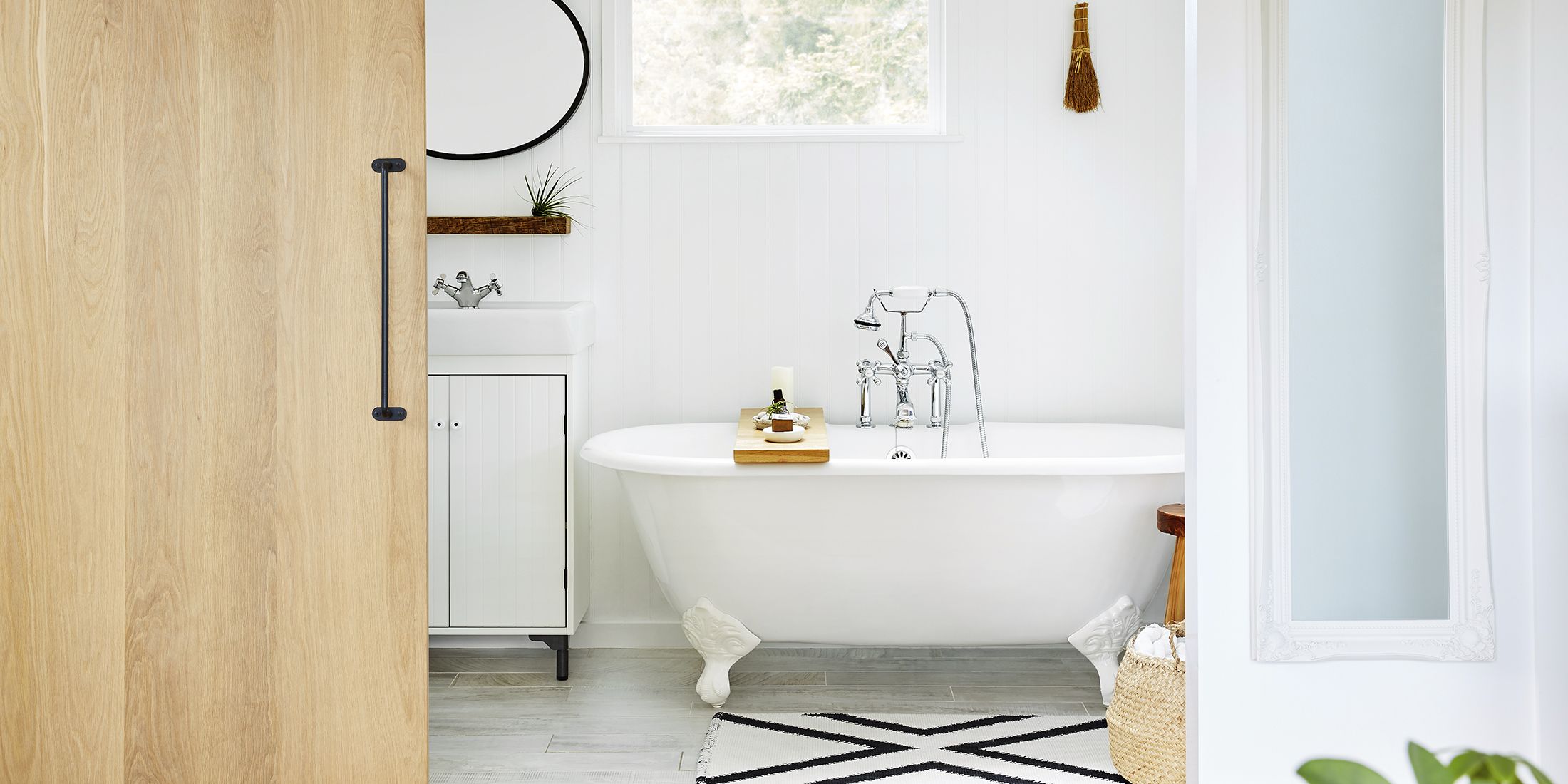

0 thoughts on “How To Organize Cookbooks: 8 Solutions To Keep Them Tidy”